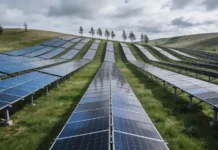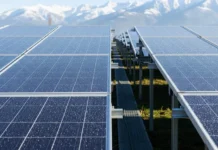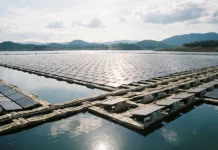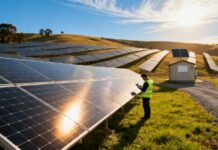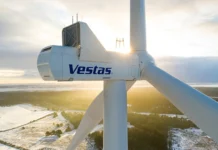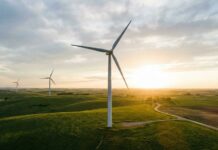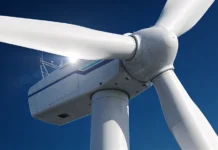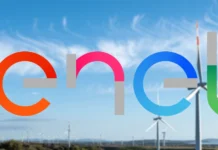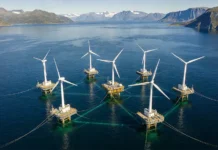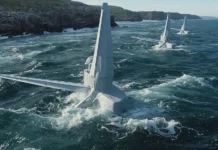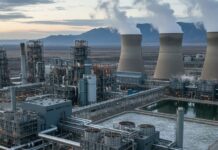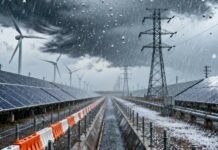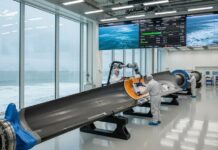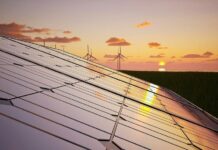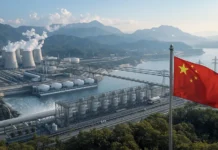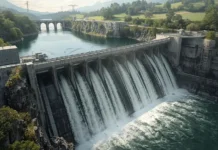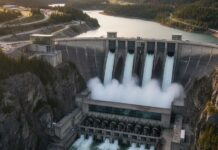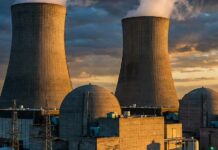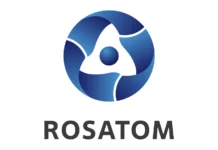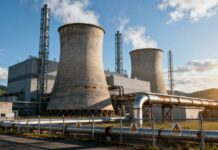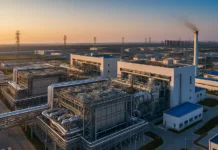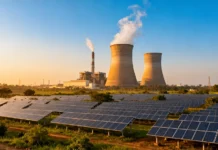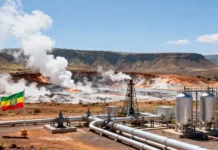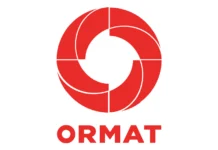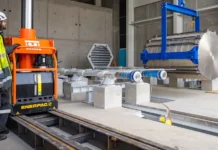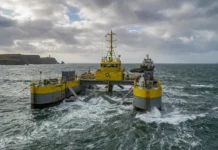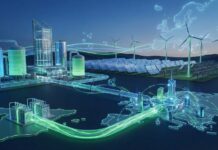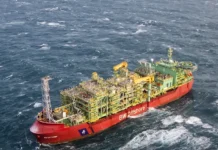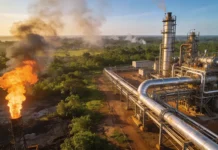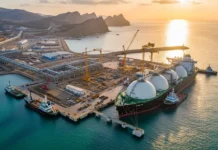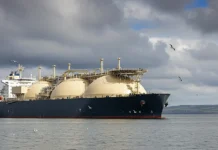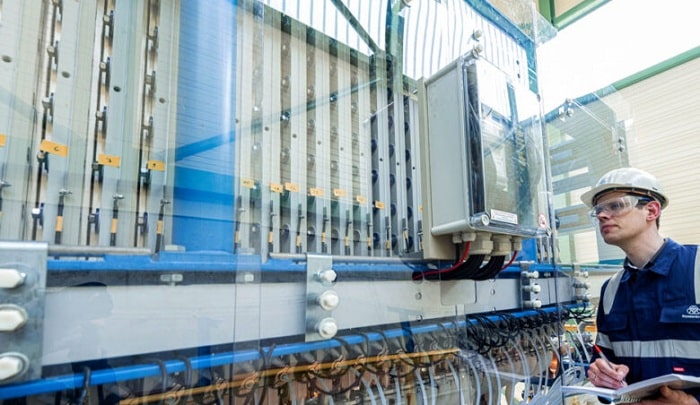Water electrolysis is increasingly emerging as a key technology for building a sustainable, flexible energy system and carbon-free industry.
Recently technology group thyssenkrupp has expanded its manufacturing capacities for electrolysis plants and can now produce electrolysis cells with a total power consumption of up to 1 GW a year.
thyssenkrupp has reached a further milestone in the reliable use of renewables: Its proprietary water electrolysis technology for the production of green hydrogen meets the requirements for participation in the primary control reserve market. In the future, thyssenkrupp’s electrolysis plants will be able to act as large-scale buffers to stabilize the power grid and compensate fluctuations quickly and flexibly. Operators can now link their plants to the German electricity market via E.ON’s virtual power plant. This makes the plants “electricity market ready”. In this way, industrial hydrogen production can contribute to the efficient integration of green electricity into the energy system.
The principle is that if there is a high demand in the power grid, the plant will shut down hydrogen production so that the energy required for electrolysis is available to the public power supply. Conversely, hydrogen production is ramped up if more energy is fed into the grid than can be distributed.
This innovation makes so-called Power-to-X systems more attractive for the industry. The operator of a plant can market his willingness to adapt flexibly to general electricity demand and thus generate additional income on the electricity market.
This process is automatically controlled by the E.ON Virtual Power Plant. This software platform links various mostly industrial producers and bulk purchasers of energy and controls the generation and consumption of these customers according to the current network load. In this way, the Virtual Power Plant makes a significant contribution to compensating for the fluctuating electricity production from renewable energy in the power grid.
“With this we have achieved a further important goal. Earlier tests already demonstrated that our electrolysis plants can produce green hydrogen highly efficiently and with sufficient response speed and flexibility to participate in the energy balancing market. Our plants are thus making a significant contribution to ensuring both a stable power supply and the cost-effectiveness of green hydrogen,” says Christoph Noeres, Head of the Energy Storage & Hydrogen unit at thyssenkrupp.
“The collaboration with thyssenkrupp is in line with our principle that the conversion of industry to clean energy must be realized cost-efficiently. Our expertise on all energy market issues has also eliminated a barrier to the viable use of hydrogen in electricity generation,” says Stefan Hakansson, CEO of E.ON Business Solutions.
thyssenkrupp and E.ON conducted the necessary tests jointly in an existing water electrolysis plant operating as part of the Carbon2Chem® project in Duisburg. It was shown that thyssenkrupp’s electrolyzers can increase and decrease their production at the speed required to participate in the premium primary reserve market. Prerequisites include being able to provide full supply within max. 30 seconds and maintain it for at least 15 minutes.
E.ON has also checked that the plant meets all the requirements for participation in the balancing power market. Due to the high reaction speed of the thyssenkrupp plant, the technology can even participate in the market for high-quality primary control power. This was tested with the transmission system operator successfully.
thyssenkrupp and E.ON are now cooperating on marketing. Effective immediately, thyssenkrupp is marketing the Power-to-X technology with the additional option of coupling the system to the virtual power plant. E.ON offers customers the option of operating the power plant optimized for the power market.
E.ON’s virtual power plant controls about 150 plants in Germany and the U.K. and markets the electricity and flexibility from these plants. A total of around 600 megawatts are marketed. It is a platform solution specially developed by E.ON to connect and control decentralized technical units.
Green hydrogen and sector coupling key to a successful energy transition
In order to bring the fluctuating availability of electricity from renewable sources into line with electricity demand, solutions are needed for the storage and subsequent use of surplus energy. Water electrolysis produces green hydrogen that can be stored for hours, days or months, converted back into electricity or used as a clean, CO2-free starting material in the mobility sector or for the production of sustainable chemicals.
Another central requirement is the need to stabilize the power grid against short-term fluctuations. As a two-in-one solution, thyssenkrupp’s industrial-scale water electrolysis process meets both criteria, allowing operators maximum flexibility and cost-efficiency: Hydrogen production is ramped up within seconds when surplus energy needs to be used and scaled back when output is low. Plant operators can market their willingness to adapt flexibly to general electricity demand and thus generate additional revenues.
As part of the Carbon2Chem® project, thyssenkrupp’s alkaline water electrolysis unit is already successfully supplying hydrogen for the production of chemicals from steel mill waste gases. In 2018 methanol was produced from steel mill gases for the first time. In the following year the production of ammonia succeeded. By contrast with conventional production methods, this process does not require fossil fuels such as natural gas, thus reducing CO2 emissions in both steelmaking and chemical production. The technology can also be used in other industries such as cement production.
“We can already offer our customers economically viable solutions for energy storage and the production of sustainable chemicals. In this way we are making our contribution to building a stable and sustainable cross-sector energy system,” says Sami Pelkonen, CEO of thyssenkrupp’s Chemical & Process Technologies business unit. “Another good example is sustainable ammonia: With water electrolysis and our leading ammonia production process, we can supply integrated plants that produce ammonia from nothing but water, air and sunlight or wind.”
The starting point for all sustainable value chains and an integrated energy system across the electricity, heat, mobility and industry sectors is large-scale water electrolysis. The technology is based on decades of experience gained by thyssenkrupp in chlor-alkali electrolysis. The patented design of the electrolysis cells allows system efficiencies of more than 80 percent. The electrolysis units are supplied as prefabricated 20 MW modules and can be combined easily into hydrogen plants with capacities in the multi-megawatt to gigawatt range.



